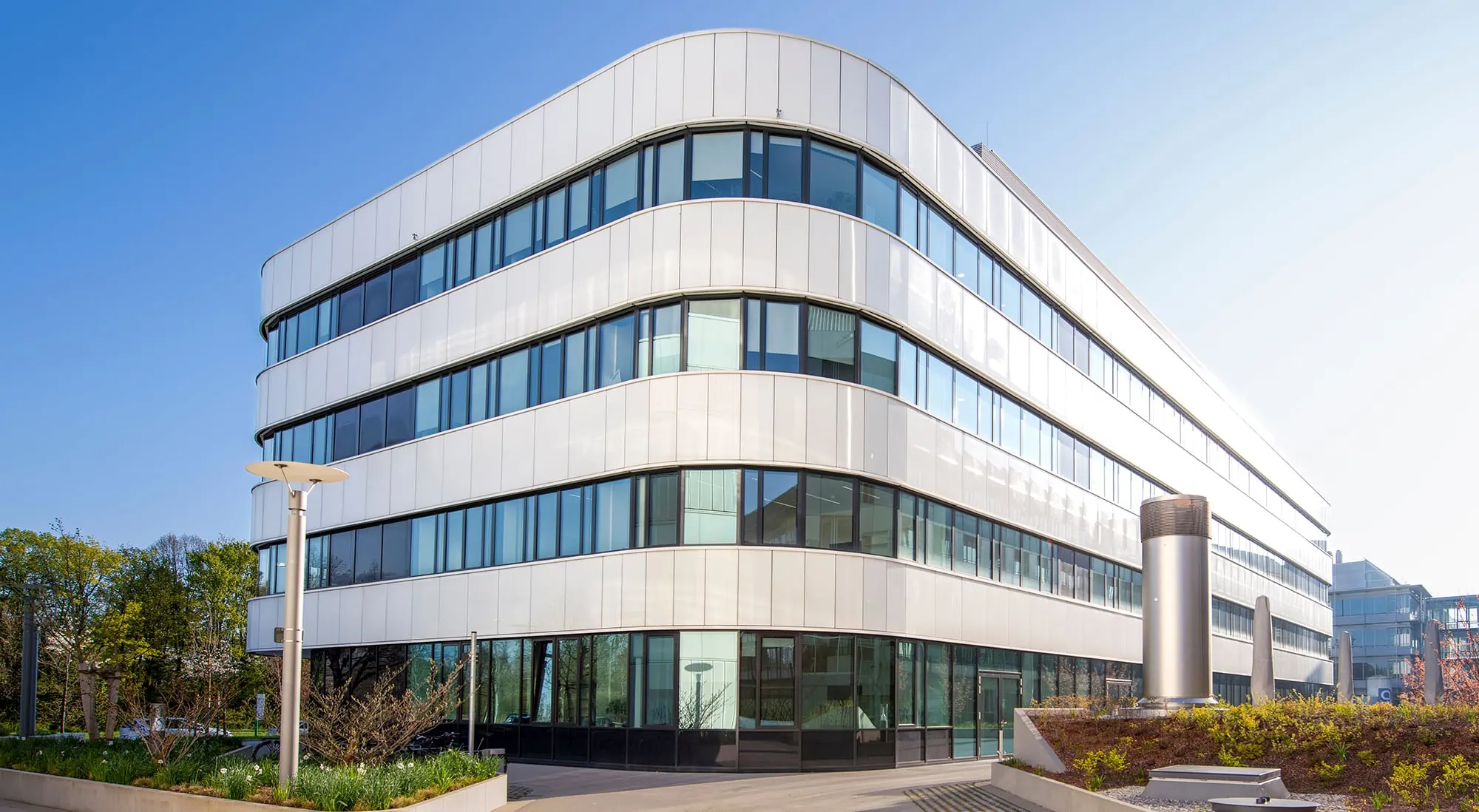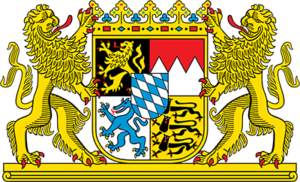Opening of the Institute of Chemical Epigenetics (ICEM): new LMU cutting-edge facility for research into the origin of life and epigenetics
With its modern laboratories, offices and conference rooms, the new LMU building for the Institute of Chemical Epigenetics (ICEM) offers ideal conditions for interdisciplinary cutting-edge research at the interface of biology and chemistry and for direct scientific exchange.
May 2022

© LMU
Institute of Chemical Epigenetics in Munich
“The ICEM is another building block of our innovative, state-of-the-art Life Science Campus in Großhadern/Martinsried and offers our scientists ideal conditions for their research work.”
Professor Bernd Huber
LMU President
LMU has built a new institute operating at the interface of biology and chemistry: The new Institute of Chemical Epigenetics in Munich (ICEM) is part of the Life Science Campus in Großhadern/Martinsried and is now officially taking up its research work.
“We are delighted that the new Institute of Chemical Epigenetics in Munich (ICEM) is already the fifth research building at LMU to be jointly funded by the federal government and the Free State of Bavaria,” explains Professor Bernd Huber, LMU President. “The ICEM is another building block of our innovative, state-of-the-art Life Science Campus in Großhadern/Martinsried and offers our scientists ideal conditions for their research work.”
Following a four-year construction period, the ICEM was opened by Dr. Markus Blume, Bavaria’s State Minister for Science and the Arts, at a ceremony to mark the inauguration.
LMU researchers study the epigenetic code and how it adapts to environmental changes
In the new building, scientists will study the chemistry of what is known as the epigenetic code, which is a second level of information superimposed on the actual genetic code. It determines which of the genes within the genome are active or temporarily inactivated at what points in time. This is what enables an organism to regulate the activity of its genes, sometimes very quickly, and thus to respond to environmental influences and changes, such as those that occur during cell differentiation.
For this second level of genetic information, the RNA or DNA building blocks are sometimes heavily modified chemically. Then known as nucleoside variants, around 150 of them are already known to science, but experts believe there could be many more. The ICEM researchers have set themselves the goal of decoding these variants as well as the chemical language underlying these modifications and their functions.
The origins of life: from inorganic matter to the first building blocks of life
The LMU researchers also plan to take a much closer look at the origins of life. Scientists from the institute are studying how the first building blocks of life were able to form on the early Earth out of inorganic matter, molecules from which complex information-bearing substances were eventually formed and which sparked the emergence of life. The research scientists are investigating what biochemical reactions might have taken place on the early Earth.
“It is for these kinds of special interdisciplinary research projects spanning both chemistry and biology with strong links to medicine that the ICEM offers ideal conditions,” explains Prof. Thomas Carell, who is Chair of Organic Chemistry at LMU and was in charge of the construction project. “The building is planned in such a way that it not only offers scientists the latest technological apparatus but also a very good infrastructure for direct scientific exchange.” There are two terraces, for example, offering inviting spaces for direct exchange and networking.
The ICEM: a state-of-the-art, energy-saving building
Laboratories, offices, and conference rooms are spread across the more than 3,800 m² and five floors of the new building. The institute houses, among other things, the LMU’s central electron microscope facility, as well as central rooms with equipment for high-precision genome sequencing. “Young researchers play a particularly important role in our concept here. We provide them with special, state-of-the-art large apparatus at the ICEM. In addition, the entire first floor has been declared a ‘professor-free zone’ because we want this to be a place where the young scientists will find ideal opportunities for their research work to unfold its full potential,” explains Professor Thomas Carell.
The building meets cutting-edge construction standards, being supplied by renewable energies and built to save energy. Heat recovery, adiabatic cooling, and energy-friendly district heating save around 420 tons of carbon emissions per year at the ICEM.
Some 90 scientists are currently working in two departments at LMU’s new ICEM research center (Chemical Biology of Nucleic Acids headed by Prof. Thomas Carell and Chemical Biology of Proteins headed by Prof. Ivan Huc) and four junior research groups. The institute is the main location of the Collaborative Research Center on Chemical Biology of Epigenetic Modifications.
Being of special scientific quality and supra-regional importance, the construction of the ICEM building was co-financed by the federal government and the Free State of Bavaria. The construction costs amounted to some 40 million euros, plus 5.6 million euros for the initial equipment and large apparatus. The federal government contributed 19.4 million euros, while the Free State of Bavaria assumed 26 million euros of the total project costs.



